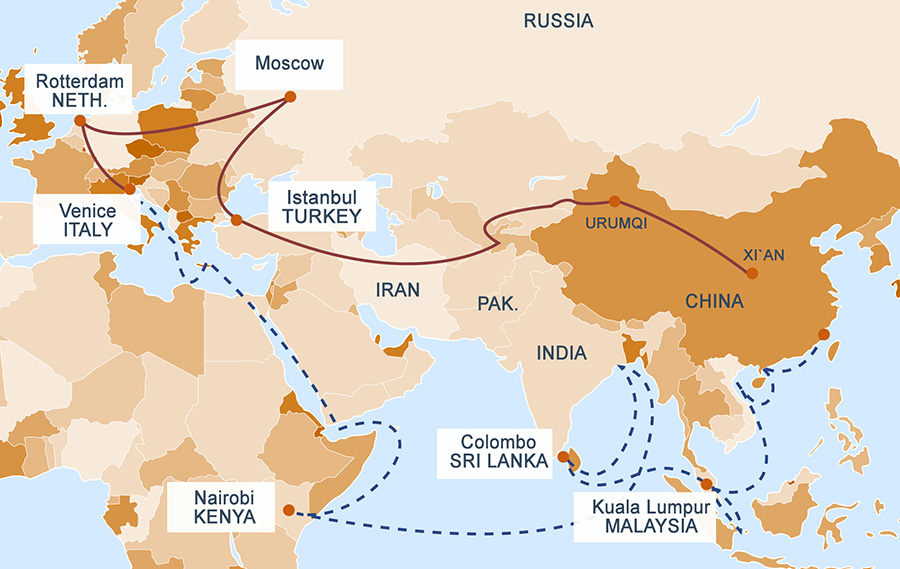Sebastian Contin Trillo-Figueroa, Geopolitics Analyst in EU-Asia Relations and AsiaGlobal Fellow, The University of Hong Kong
Dec 21, 2023
The EU’s attempt to lead global infrastructure development has been costly, but still lags behind America and China’s investment programs. Europe needs to make significant changes to catch up to the world’s leading powers.
Lucio Blanco Pitlo III, Research Fellow, Asia-Pacific Pathways to Progress Foundation
Nov 02, 2023
The Jakarta-Bandung High-Speed Railway is a milestone project under China's Belt and Road Initiative (BRI). This project reflects China's emphasis on history and neighborhood diplomacy, underlining its role as a leader in the Global South. Additionally, there are challenges alternative initiatives face in competing with China's vast infrastructure endeavors, as Beijing prioritizes economics and geopolitics in its approach.
Wang Yiwei, Jean Monnet Chair Professor, Renmin University of China
Oct 20, 2023
China pioneered the Belt and Road Initiative, but others have followed its lead. The BRI has been hailed as the largest international cooperation platform producing the most popular public benefits in the world today.
Li Yan, Deputy Director of Institute of American Studies, China Institutes of Contemporary International Relations
Oct 11, 2023
In 10th anniversary year of the Belt and Road Initiative proposed by President Xi Jinping, the international landscape is subject to changes like never before. China’s adaptations have proved successful and hold promise for future world peace.
Rene Zou, China-focused policy analyst with a dual master’s from Sciences Po, Paris and Peking University
Aug 19, 2020
China’s Digital Silk Road could prove to power a digitally focused economic recovery. But economic potential needs to be balanced with security concerns when assessing opportunities arising from this initiative.
Teresa Kennedy, Master's student at Peking University's Yenching Academy in Beijing
May 17, 2019
It is impossible to predict the full environmental impact of the Belt and Road Initiative, so it is critical that Chinese authorities take full advantage of every opportunity to consciously build a greener Belt and Road.
Wang Yiwei, Jean Monnet Chair Professor, Renmin University of China
Jan 17, 2017
The United States is neighbor to all countries in the world, and including it in the Belt and Road development would promote American interests as well as contributing to global growth and stability. China should take active steps to win the support of the US government and enterprises as well as its people.
Beth Smits, PhD candidate, Paul H. Nitze School of Advanced International Studies (SAIS), Johns Hopkins University
Nov 30, 2016
China is not the only Asian country looking to the ancient Silk Road as a path to greater economic and political influence. Both Japan and South Korea have their own, albeit more modest, versions of Xi Jinping’s Belt and Road Initiative. While Seoul and Beijing have expressed public interest in collaborating along the Silk Road, Tokyo remains silent. Will the BRI be a driver for greater integration in Northeast Asia, or will these three nations prefer to follow their own paths eastward?

Patrick Mendis, Visiting Professor of Global Affairs, National Chengchi University
Daniel Balazs, Graduate student of International Relations, Tongji University
Oct 24, 2016
A closer look at the Maritime Silk Road plan suggests that materializing the ambitious initiative is facing several challenges due to grievances with some stakeholders in the Indo-Pacific. If China wants to materialize the initiative, it has to return to its so-called “Peaceful Rise.”